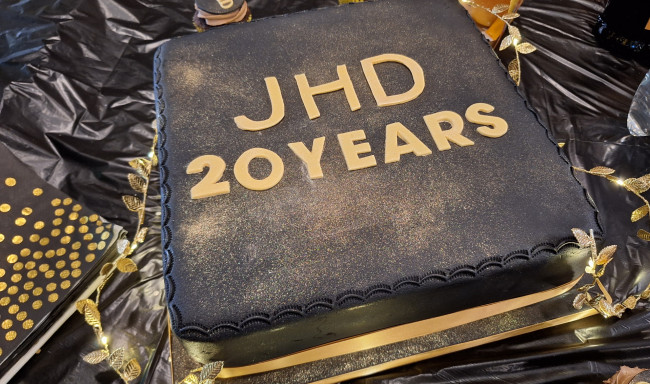A toss of a coin - battling the baton of Huntington's disease. This is a dissertation piece by dancer, Kate Birch.
- What if I told you there was a simple blood test that could give you a medical answer to a condition that occurs at some point in your future, if positive?
- Would you take it and risk the potentially abnormal result bearing an impact on the life you live?
- Or would you continue to hope and live life in the unknown, waiting to see if symptoms occur, along with constantly questioning your future situation?
- If you had watched the older generations of your family battle the condition, would that stoke your fear against testing, or provide better understanding to push through the testing process?
- What about future relationships, starting a family knowing each child is at 50% risk, career prospects?
I am sure you can tell by now that there are so many personal factors that affect someone’s life-changing genetic testing decision. Now, keep contemplating your theoretical decision and consider if you were being tested for the faulty Huntingtin Gene, which causes Huntington’s disease (HD). Huntington's usually occurs in the prime of life and results in the brain's nerve cells to die off over an average period of 15 years after symptoms begin, before death. Unlike other brain diseases (E.g. Parkinson’s disease) that only usually mainly affect either motor (physical), cognition or behaviour, Huntington's disease affects all three functions. Combining this with the hereditary nature, no wonder Huntington's has been referred to as ‘the Canary in the mine of persons severely impaired with chronic brain diseases’.
Genetic testing
The first section of the piece explores the Huntington’s disease genetic testing process consisting of three counselling sessions and the result. The dancer going through the testing process found out if their result was positive or negative for the faulty gene that causes Huntington's disease on stage, recreating similar emotions people at risk of Huntington's encounter. This created a 50/50 chance of what outcome you would see, just like flipping a coin.
Symptoms
The next sections show how the three symptoms of Huntington’s disease develop and impact upon daily life. Cognition is damaged by the loss of connections in the brain and how that affects processing and communication as the disease progresses. The Motor section explores the movement difficulties caused and the stigma of people with Huntington's looking intoxicated. The behavioural section demonstrates behaviours that can be very uncharacteristic of a person such as mood swings and impulsivity. It also communicates the grief of losing themselves and how that translates into further frustration.
Faulty gene
The last section shows the three processes that cause Huntington’s disease (faulty gene, faulty messenger, faulty protein) and culminates the three symptoms together in a ritual dance. It infers the beginnings of Huntington's when the condition was considered a curse and was named St Vitus’s Dance after St Vitus, believed to be a sorcerer curing individuals, was executed by being boiled in oil.
Kate said:
"I believe this piece was fated to be created. I said to myself if I tested negative for the faulty gene that causes Huntington’s, I would create a dance to bring awareness for people not as fortunate as me and are facing a completely different future affected by Huntington's. So here I present to you ‘A toss of a coin – Battling the baton of Huntington’s disease’."
Written by Kate Birch.
Kate did a BA Hons Degree in Dance Performance, Teaching and Choreography at Preston College.



